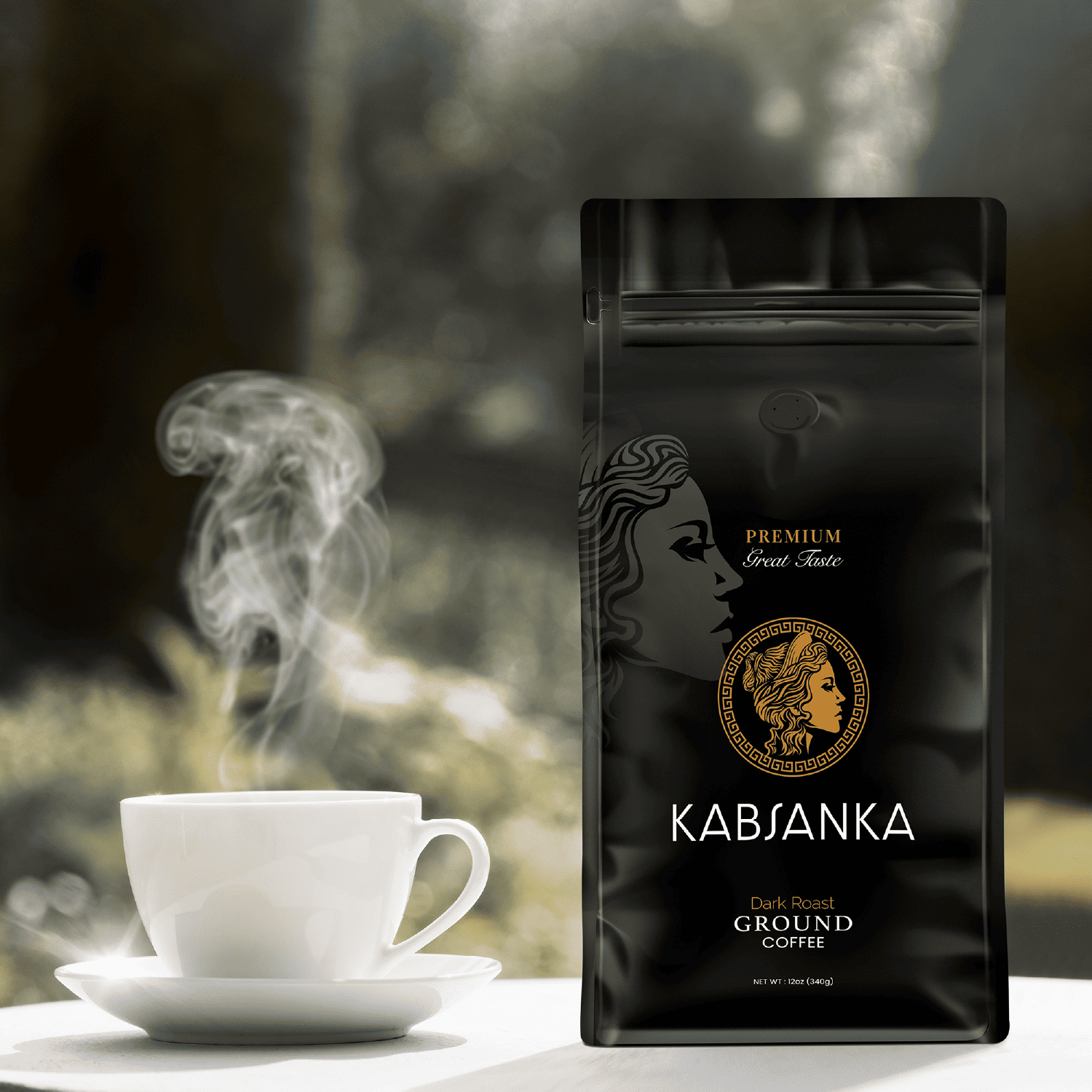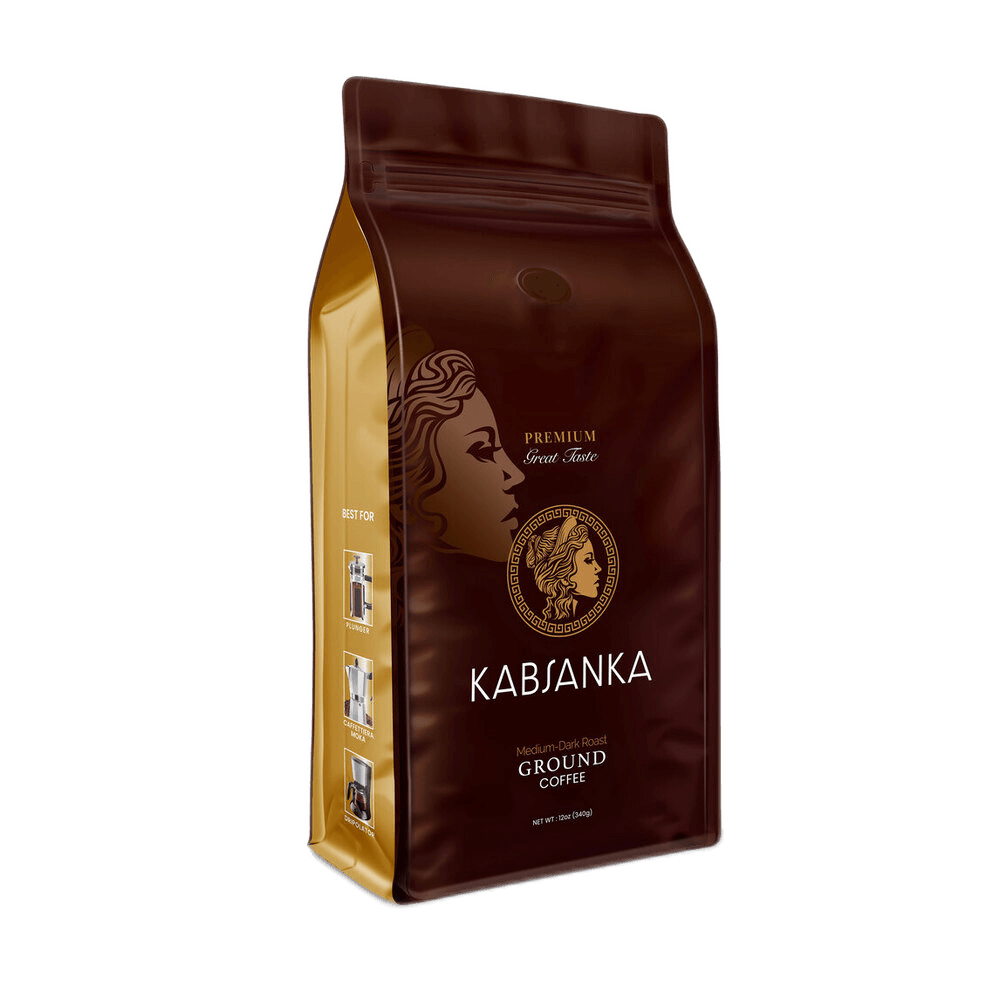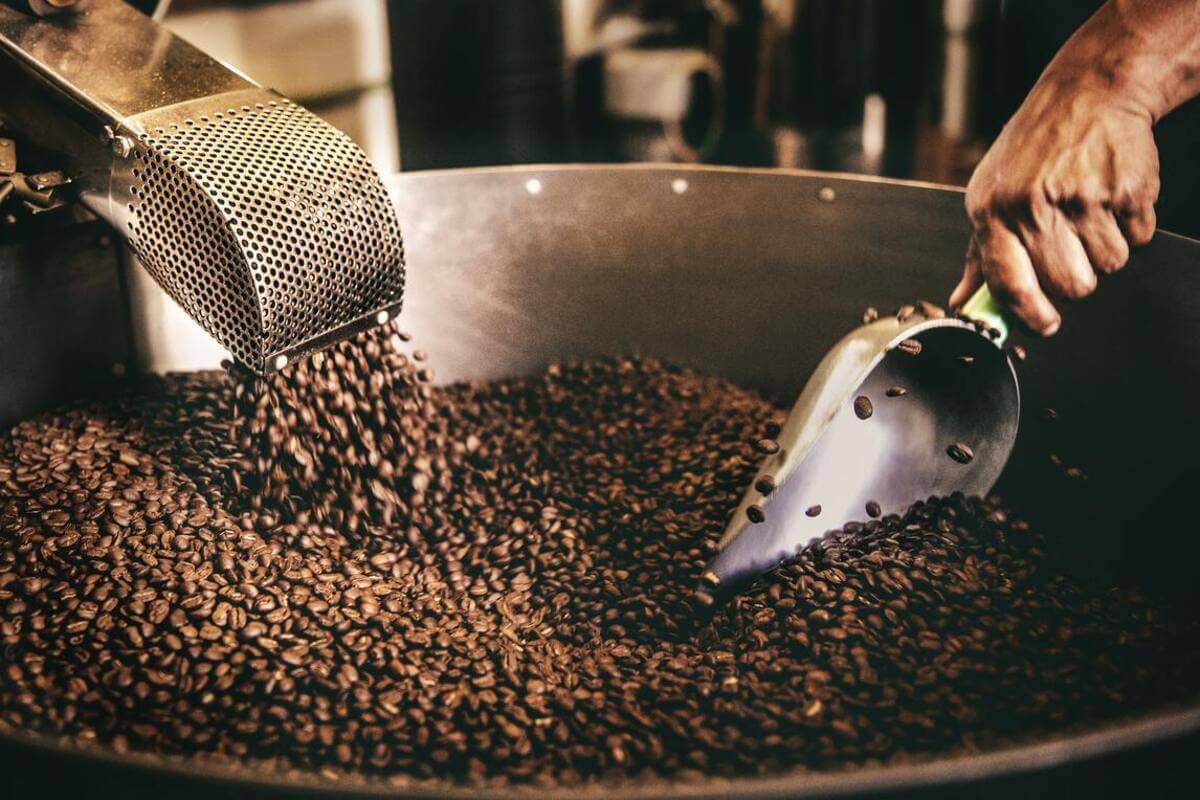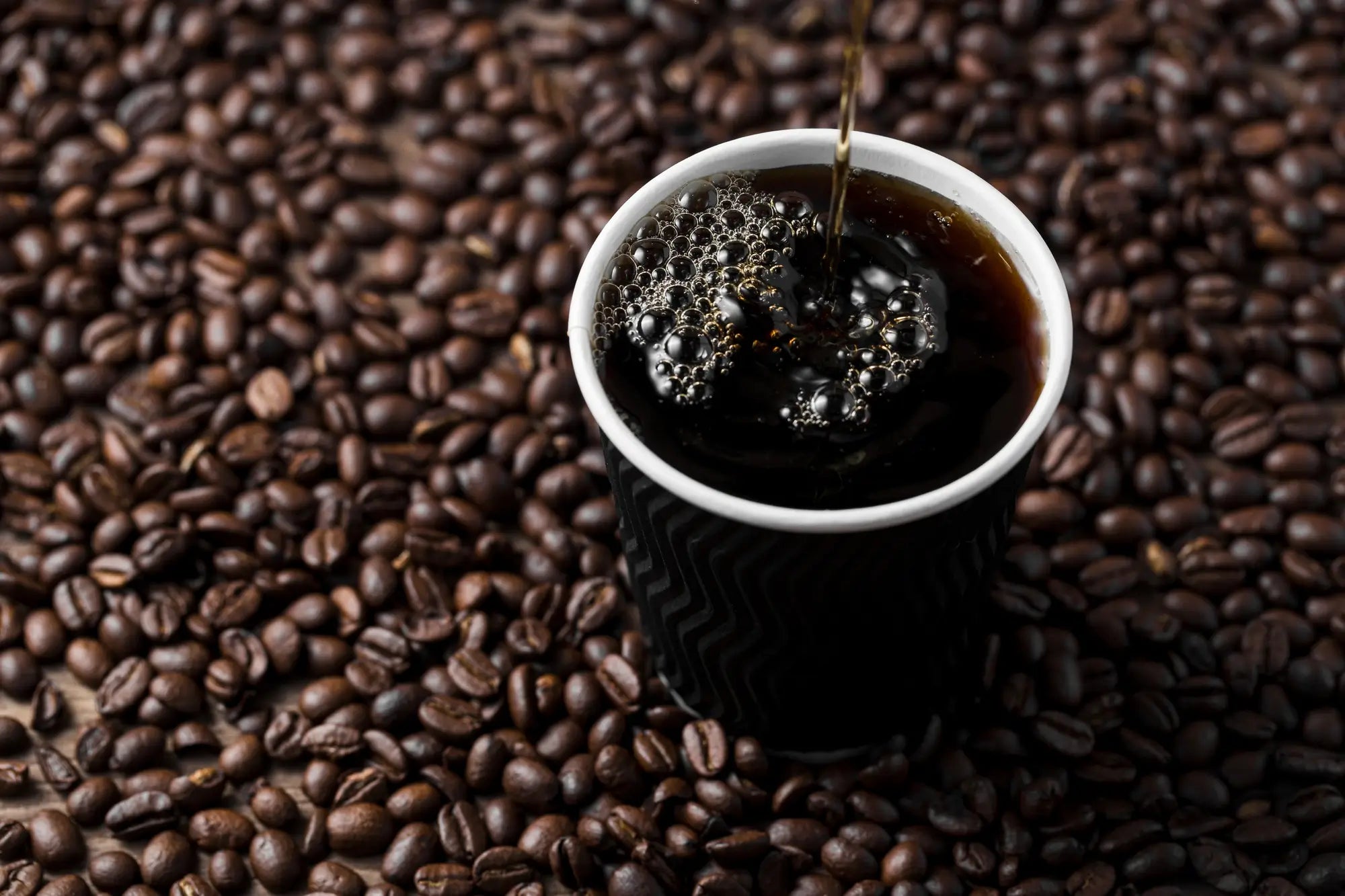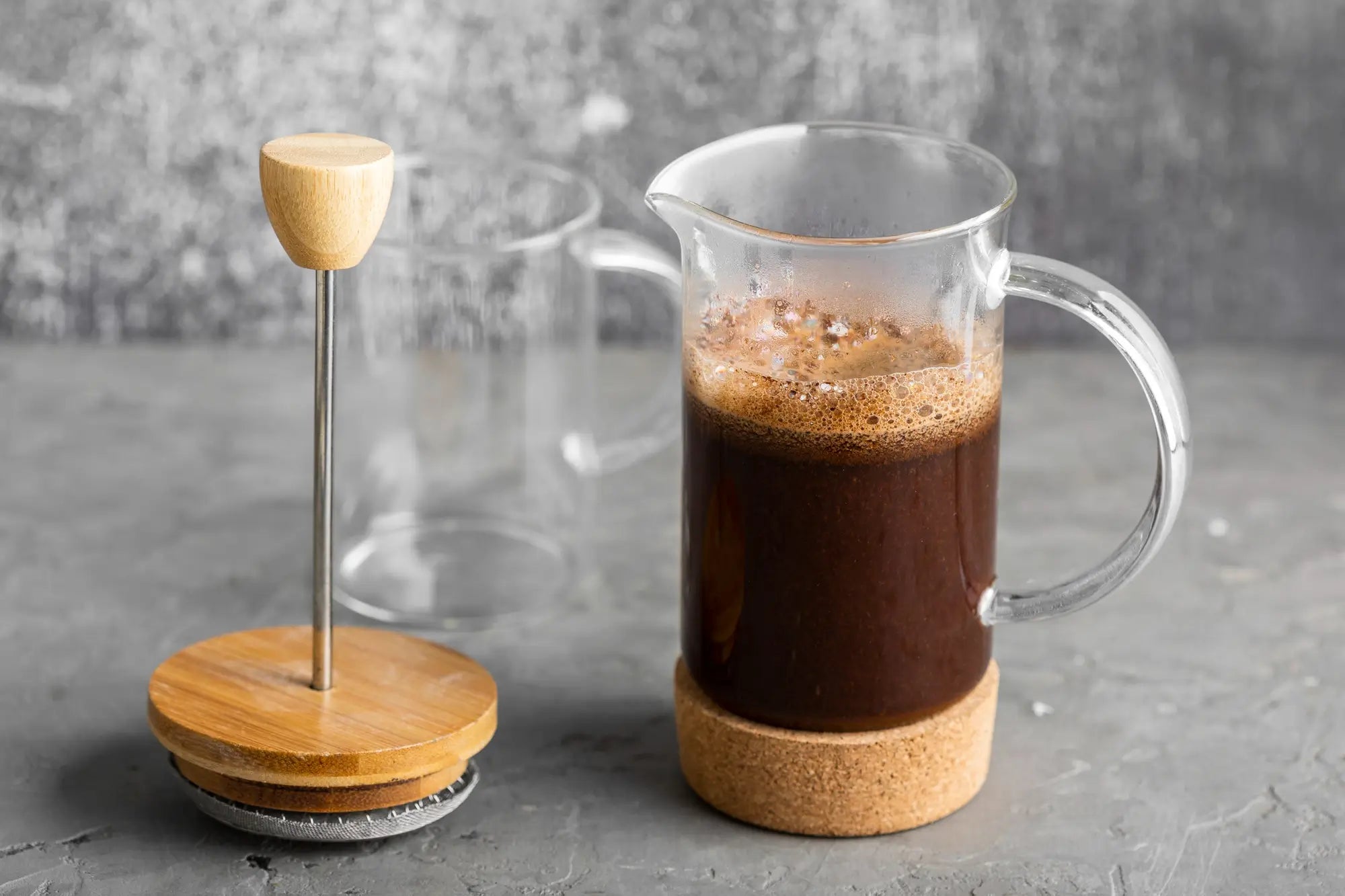I'm sure every barista wishes they knew more about roasting! Roasting coffee allows us to develop flavour. How can we make the greatest coffee possible? What happens when you roast something?
Why is roasting important – or is it?
Coffee beans are developed seeds from the coffee cherry. The coffee beans are next processed and dried. Coffee beans are green before roasting and have a beany and grassy scent. Green coffee beans, in fact, do not smell like coffee at all. We produce 800 to 1000 different fragrance molecules when we roast coffee. These chemicals contribute to the flavor of coffee. With roast profiling, we may influence the presence of these scent components in coffee while also determining the flavor.

Coffee roasting process
Roasting is the process of turning green coffee beans brown. It can be made in a variety of methods, which influences the flavour. I'll go over the fundamentals of roasting and industrial roasting here. Tomi's blog discusses the many methods for roasting coffee at home.
Roasting stages
- DRYING STAGE: The coffee bean has a humidity of 8–12%. We need to dry it before the actual roasting starts. Drying stage typically lasts 4–8 minutes with traditional drum roaster (see below for roaster designs). The temperature in the end of drying stage is typically 160 0C. Especially with drum roasters, you need to be careful so that you do not burn the beans by having too much heat in the start. The drying stage is also important for collecting energy for the bean because the last stage of roasting is exothermic (heat producing).
- BROWNING STAGE: From 160 C the coffee starts to smell like toasted bread and hay. This is when the aroma precursors are starting to convert to aroma compounds. Even though browning stage is after drying stage, drying continues during the browning stage. At the browning stage starts the Maillard reaction that is responsible for browning. In Maillard reaction, reducing sugars and amino acids react, making hundreds of different aroma and color compounds known as melanoids. This is the stage when the roast naturally slows down – and some roastmasters also want to slow it down – to ensure flavor development. In the end of browning stage, the coffee starts to pop. This is called the first crack and the development stage starts.
-
DEVELOPMENT OR ROASTING STAGE: In the beginning of development stage, the reaction becomes exothermic and the coffee cracks. During drying and browning stages, the bean has collected energy that makes the coffee to explode. Development time is when the wanted aroma compounds are developing. If we do not slow down the roast at development stage, we easily get coffee that is smoky tasting and the flavour is too sharp.
 The length of development stage is typically 15–25% of the total roast time depending on the desired flavor profile and roast degree.
The length of development stage is typically 15–25% of the total roast time depending on the desired flavor profile and roast degree.
Roast degree
Roast degree is one of the most important indicators with the roast. It can be measured by a color meter or by tasting. Roasters usually want to enhance coffee’s own flavours and decide the roast degree. Typically light roasted coffees are more acidic, and dark roasted coffees are more bitter. Also fruity flavours are more common on light roasts, and roasty and burnt flavours are more common on dark roasted coffee. Light roasted coffee is more fruity due to high amounts of an organic compound, 5-hydroxymethylfurfural. When roasting goes further, this compound breaks down to less fruity compounds. The amount of sulfuric compounds increases, which produces roasty and burnt flavours. As a role of thumb, we can assume that light roasted coffee brings the character of the raw coffee out better. It is easier to discriminate light roasted coffee from each other than dark roasted coffee.
Roast time
Even though roast degree has the biggest role on coffee’s flavor profile, total roast time and time of each stage are also important factors. If you roast fast, you will get more desired aroma compounds. But be careful not to burn the beans! Coffee’s total notes (fruity, berry-like, chocolatey, nutty altogether) is stronger. Also the amount of aroma compounds, which are created in the beginning of development stage, is higher with fast roasting.

In some cases, fast roasting is not a good idea. It can be due to roaster design (see next paragraph below) or coffee’s characteristics. Fast roasting enhances all the flavours of the coffee. If we do not want some flavours to the coffee, we need to adjust the roast profile. For example, acidity is normally desired flavour but on espresso blends people sometimes want low acidity. When roasting slower organic acids have more time to break down, the coffee becomes less acidic. This is when slow roasting might be a good idea.
Roaster designs
There are different roaster designs. The design affects to the thermodynamics of roasting, and it is possible to make different tasting coffee with different machines. Small roasters usually use drum roasters, where beans rotate in a drum that is heated below either with direct or indirect flame. This makes roasters energy volume big. Roasting with these kinds of machines is very stable, but the roastmaster should be able to think up to minutes beforehand. Drum roasters are best when roasting slowly because too high temperature in the beginning of the roast can burn the bean from outside. In Paulig Kulma we use traditional drum roaster – Bertha roaster – which is a Probatone 5 coffee roaster.

In the industry there have been fluidized bed roasters for ages. In fluidized bed roaster the roaster is indirectly heated by hot air. That makes the roaster faster to control. With fluidized bed roasters it is possible to roast faster without burning the bean from outside and to get more aroma to the coffee. One example of fluidized bed roaster is our roaster in Vuosaari roastery. There are also some hybrids between fluidized bed roasters and drum roasters, like Loring Roasters, in which there is a drum but heating is done indirectly by hot air.
Roasting for filter or espresso?
Have you ever thought what actually is the difference between filter and espresso coffee? Filter extraction is done by gravity and its process is quite gentle. You may use very aromatic and more acidic coffee for filter. On the other hand, espresso is extracted with a 9 bar pressure. That means more flavor is extracted to the cup. Sometimes coffee roasted for espresso might not be as good when brewed as filter coffee and vice versa. Some roastmasters want to roast only for the bean and not for the extraction method, which means the aim for golden middle way between too light and too dark so that coffee is suitable for both.
Traditionally, espresso is dark roasted coffee with low acidity and big body. Filter coffee is roasted differently in different countries, but roast degree is typically lighter than for espresso. Nowadays, roast styles are more flexible than traditionally. For example, our Ethiopia Amaro Gayo espresso was third in Helsinki Coffee Festival espresso competition. The espresso was light roasted with a fast profile which made it really aromatic with low roastiness. Body was rather juicy than heavy. On the other hand, we want some of our coffees be more full bodied as espressos. Then we roast a little bit longer and make the development stage longer to develop flavour and decrease acidity.
All in all, learning to roast is a never-ending journey. You can always learn more about the bean. The most interesting part of my work is trying to find out the best possible roast profile for the coffees characteristics. Hope you enjoyed reading and got help with your coffee journey!
MEDICAL DISCLAIMER
This content is for informational and educational purposes only. It is not intended to provide medical advice or to take the place of such advice or treatment from a personal physician. All readers/viewers of this content are advised to consult their doctors or qualified health professionals regarding specific health questions. Neither Dr. Maheen nor the publisher of this content takes responsibility for possible health consequences of any person or persons reading or following the information in this educational content. All viewers of this content, especially those taking prescription or over-the-counter medications, should consult their physicians before beginning any nutrition, supplement or lifestyle program.
